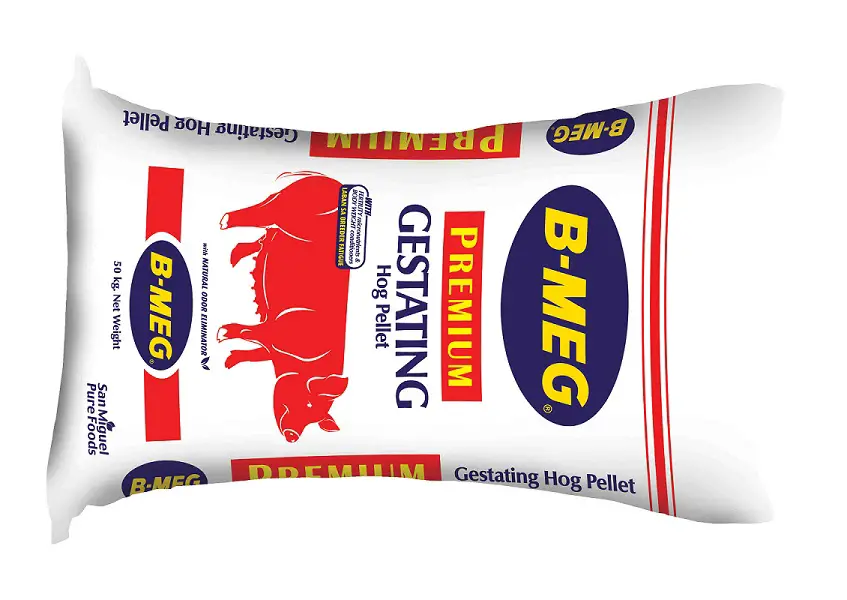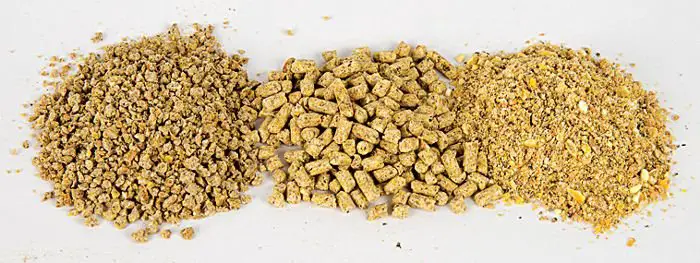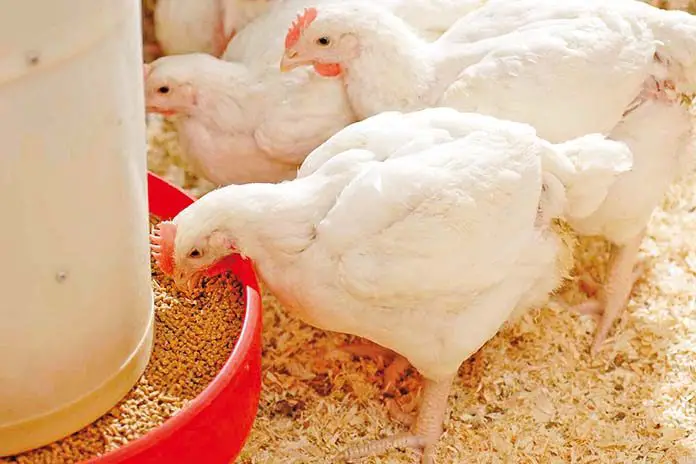The gestation period of an animal is the number of days it takes from the time the fertilized egg attaches to the uterus wall to birth for pigs it’s on average 115 days. This is a very interesting and hard-to-forget number as it is three months, three weeks, and three days some even make the joke that it’s also down to three hours and three minutes. The gestation period can be divided into 5 distinctive phases in the development of the fetus leading up to farrowing. During this period the sow goes through different morphological changes and the body of the sow requires specific nutrients to support this process and the growing fetus. Care should be taken to feed the sow correctly in terms of types of feed and amounts a number of wrong feeding practices have proved over the years to be detrimental to performance or wasteful.
Contents
Gestation Period in Pigs
The nutritional requirements of the gestation period will depend on the stage of gestation, parity, and age of the sow. Parity is the number of times the sow has given birth before and in gilts on the first gestation their nutritional requirements are higher as the sow is also still growing at this stage. The first two weeks of gestation comprise of the fertilization of the eggs, and attachment to the uterus wall. For the pig to have a viable gestation more than four embryos should attach otherwise they are reabsorbed into the body. From day thirteen to thirty there is an expansion of the placentas as the embryos continue to grow. Organs start to develop and bones calcify from day thirty to seventy and poor nutrition at this stage or stress can lead to mummified fetuses. These fetuses cannot be reabsorbed into the body because of the calcified bones at this stage. The penultimate phase from day seventy-seven to ninety-nine sees the start of milk and colostrum production in preparation for farrowing. The last twenty-four days from day ninety to one hundred, and fourteen are dedicated to building up energy reserves for farrowing and lactation to feed the piglets. At each stage the sow requires energy and protein in sufficient quantities to support its own maintenance needs and those of the growing fetus which can be up to an average of fourteen in highly productive sows.
Nutrient Requirements for Gestation
Feeding sows in gestation first requires checking the body condition score of the sow before calculating the feed required to carry the sow through gestation. Sows with poor body condition scores, below three, and sows at first parity will need more feed, while sows with good condition scores above three will only need to be maintained to avoid them getting over-conditioned and fat. Backfat measurements can also be used to calculate feed allowance for gestating sows with 0.6 inches being ideal. Fiber feeding at this stage is very important for the sow as it has an impact on the well-being and reproductive performance of the sow, recommended amounts range from five to six hundred grams per day. This reduces constipation and encourages the development of mammary glands for better milk production after farrowing. Soluble fiber from feeds like potatoes has been shown to be inefficient and thus are not recommended. Phase feeding is the best option for gestation feed but a single diet can be utilized with success by varying the amounts of feed given at each stage.
Feed Formulation for Gestation
Energy is the most limiting factor in the gestation period and mainly determines how much feed is offered to the pregnant sow. A lower energy-dense gestation feed will need to be fed in higher levels than a higher-density feed to avoid sows getting fat. Cereals are the major source for energy for gestation feed but by products like, maize bran can also supply energy through the fermentation of the fiber in the colon, especially in gestation pigs.
Complete feeds for pig gestation are normally the same grain-based feeds fed to the male pigs, boars, for maintenance. This feed is normally between 13 to 14.5% crude protein and recommendations for feeding depend on the stage of gestation and body condition scores. For sows in the first trimester of gestation and in good condition, it is recommended to feed 1.8 kilograms to 2.7 kilograms of feed per day. In the last 21 days before farrowing, the sows can be fed 2.3 to 3 kilograms per pig depending on the condition. There have been no proven benefits for feeding more feed to try and improve piglet weights at this stage of gestation, the increased allowances are to cater for increased demand from the sow to produce milk for the piglets after farrowing.
Table 1: Typical Composition Pig Gestation Feed
| Nutrient | Unit | Amount |
| Energy | MCal/lb | 1.50 |
| Crude Protein | % | 13.5 |
| Fat | % | 2.50 |
| Calcium | % | 0.90 |
| Available Phosphorus | % | 0.40 |
| Digestible Lysine | % | 0.45 |
| Salt | % | 0.40 |
Fiber as mentioned before is essential for pig gestation feed, the main sources are wheat bran, soya hulls, oats, and alfalfa hay sources.
Salt levels for gestation feeds should be monitored closely and care taken not to supply excess as this might cause metabolic issues like discharging sow syndrome, which have an effect on the reproductive and commercial performance of the sow herd
Mycotoxins are chemicals produced by molds in grain or feed resources, care should be taken not to feed moldy feed to gestation pigs as they can cause abortions and affect the absorption of nutrients in the stomach, leading to loss of condition.
Increased feeding at end of gestation has not been shown to have much effect on piglet farrowing weights, it’s in most cases a wasteful practice, consistency is king when it comes to feeding during the gestation period
In summary, feeds for the pig gestation period should be able to provide adequate nutrients to the sow without the sow losing or gaining condition as both situations have an impact on the reproductive performance of the sow. Feed allowance should be calculated according to body score and limited when sows are already over-conditioned.




